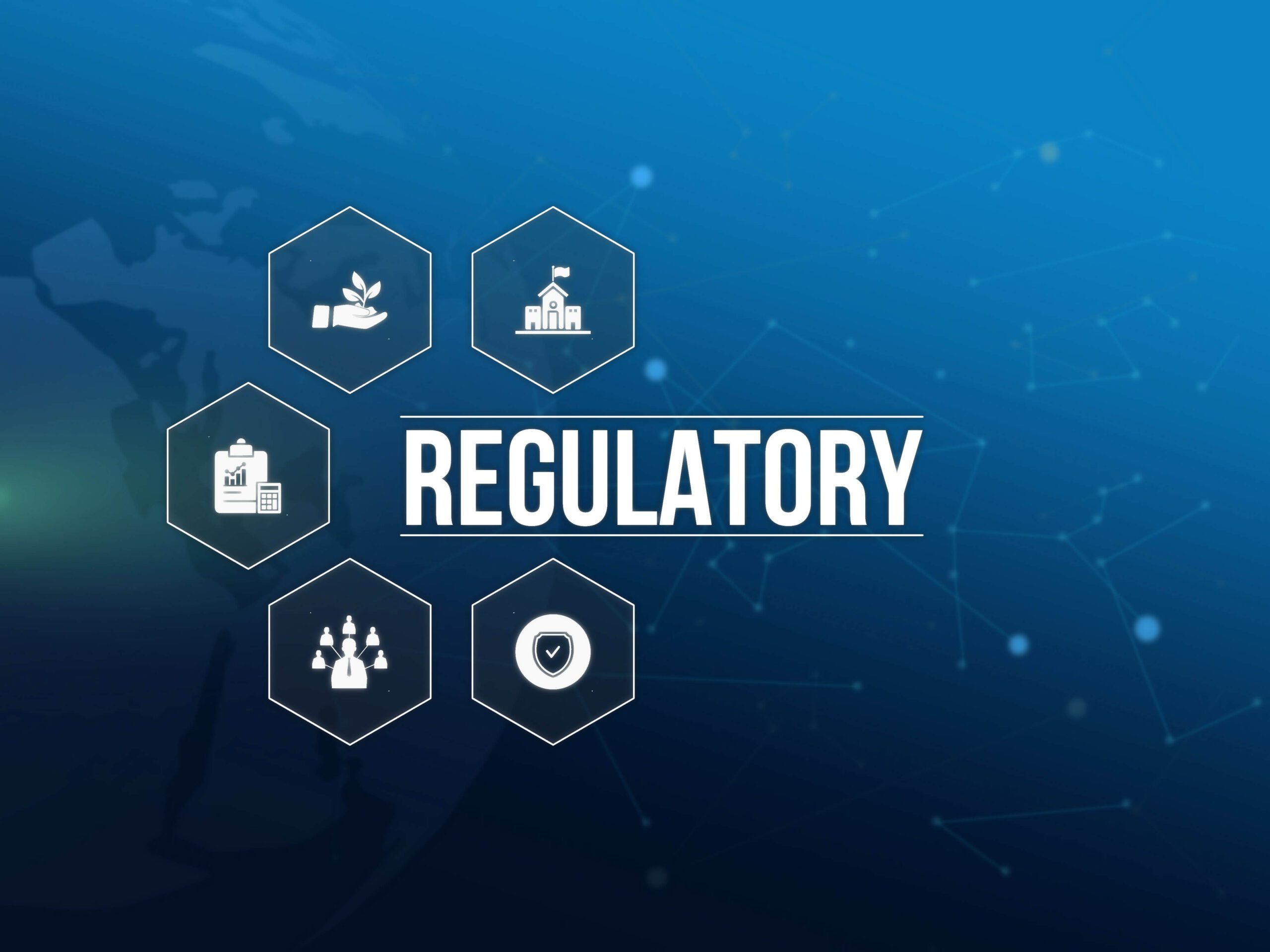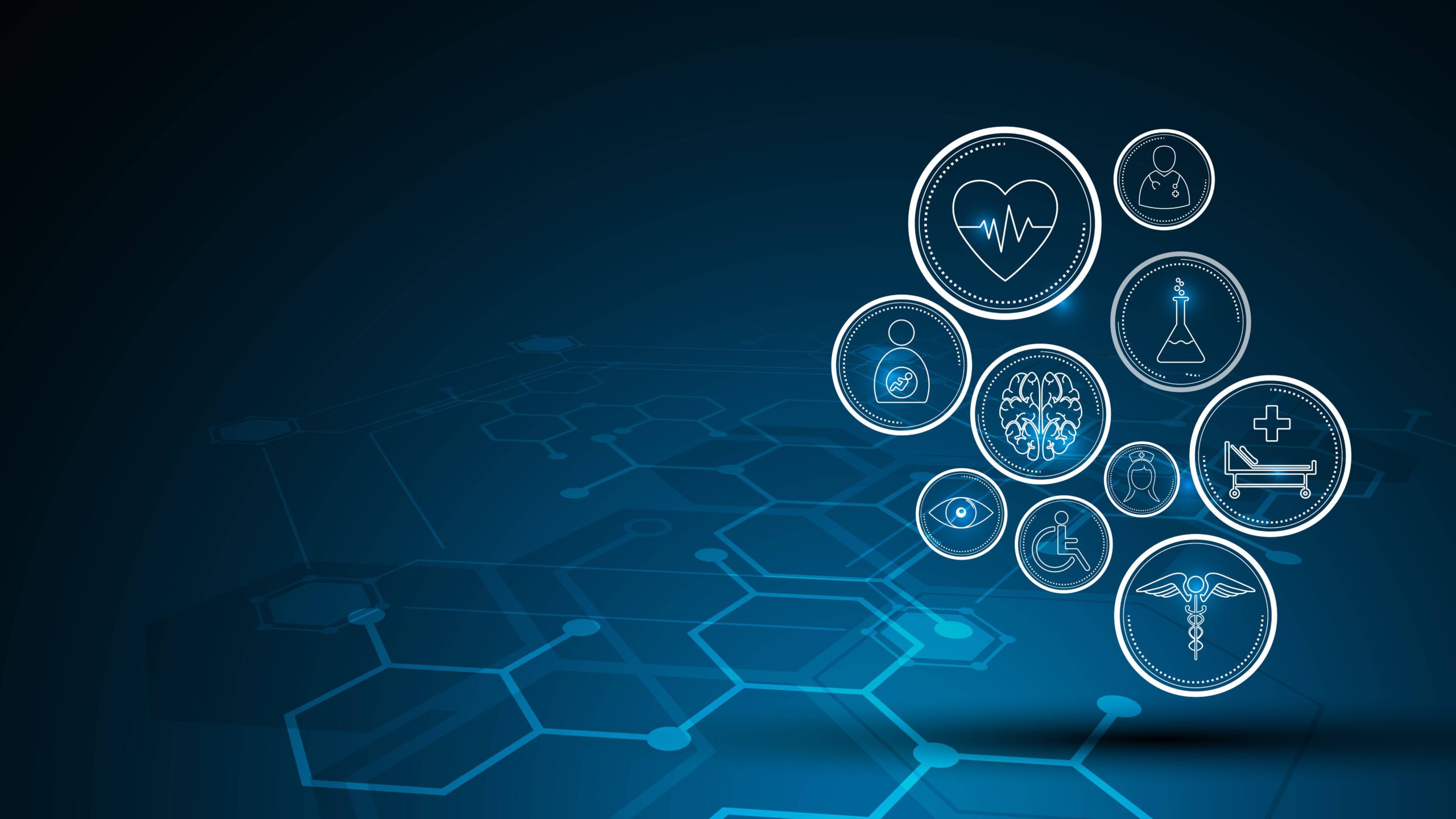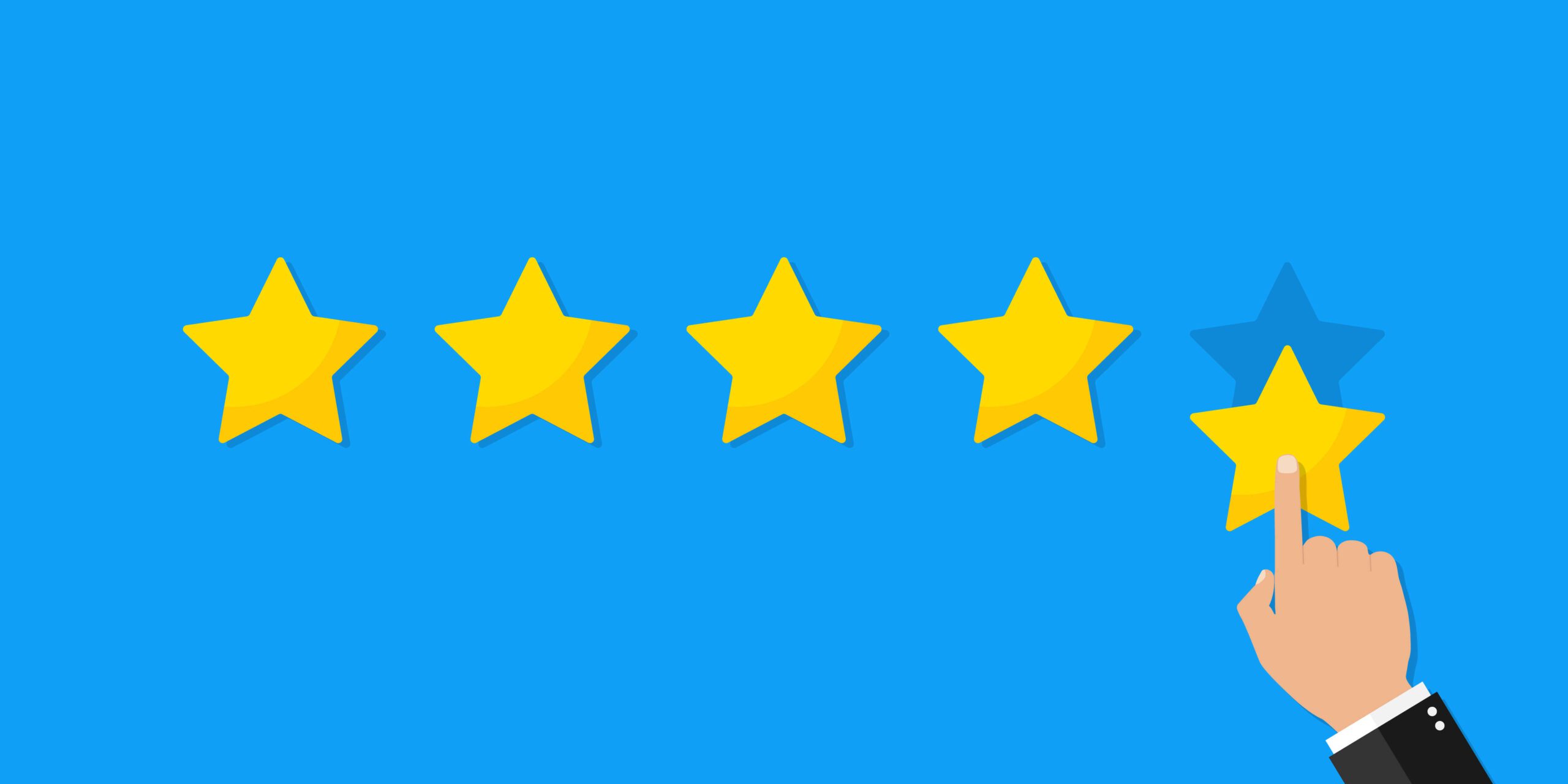As a trusted partner in the ever-evolving healthcare landscape, HealthEdge understands the importance of transparency in healthcare pricing for health plans and their members. The recent implementation of the No Surprises Act (NSA) and the Transparency in Coverage (TIC) Final Rule Online Shopping has introduced new challenges and opportunities for health plans to enhance their services and provide vital information to their members about healthcare costs.
Empowering Informed Decision-Making
At HealthEdge, we believe that informed decision-making is crucial in empowering health plans and their members. Price transparency serves as a powerful tool in this endeavor, enabling health plans to provide members with information about the cost of medical services, treatments, and medications. Our Price Comparison Tool, integrated into HealthRules Payer, equips health plans with easy-to-use resources to compare prices and deliver personalized estimates, allowing members to make well-informed decisions tailored to their unique healthcare needs and financial priorities and enabling payers to be compliant with key provisions of the No Surprises Act and the Transparency in Coverage Final Rule.
What is the No Surprises Act?
The No Surprises Act is a federal law enacted to protect patients from unexpected and excessive medical bills. The Act ensures that patients are only responsible for their in-network cost-sharing amounts, shielding them from surprise medical bills and providing greater financial security in healthcare transactions. The legislation passed in December 2020 as part of the Consolidated Appropriations Act, 2021.
What is the Transparency in Coverage final rule?
The Transparency in Coverage final rule, issued by the Centers for Medicare & Medicaid Services (CMS) with a phased implementation period that started in January 2021, promotes price transparency and empowers consumers to make informed healthcare decisions. The rule requires most health plans to disclose cost-sharing information and negotiated rates for specific healthcare services and items to their beneficiaries.
Enabling price transparency and compliance with the No Surprises Act with HealthRules Payer
The No Surprises Act and the TIC Final Rule place significant requirements on health plans to ensure price transparency and accessibility to pricing information. HealthEdge’s HealthRules® Payer is designed to support compliance with these regulations by providing health plans with the advanced Trial Claims functionality. Through Trial Claims, health plans can deliver required pricing information through various channels, including online, over the phone, and in paper form, as mandated by the legislation.
The tool leverages a capability called Trial Claims that has been used by health plans for many years, making it simple for health plans to meet these regulatory requirements. Here is how it works:
- Members access the Member Portal and provide details that determine claim elements for their price comparison
- Claim elements are passed to HealthRules Payer for Trial Claim Adjudication via API
- Trial Claim adjudicates the claim in HealthRules Payer
- Pricing and cost sharing information is returned to the Member Portal via API
- The Member Portal presents the cost sharing information to the member
A similar process is followed when the member prefers to receive the information by phone or mail. The member just contacts a customer service representative who conducts the Trial Claim Adjudication and informs the member of the cost sharing information.
A Bonus: Increasing Member Trust
Delivering exceptional member experiences is at the core of every successful health plan. With the HealthEdge Price Comparison Tool functionality, health plans can improve member satisfaction by providing easy access to transparent pricing and cost-sharing information. The user-friendly tools enable members to access accurate and up-to-date cost-sharing details specific to their benefit plan and usage, promoting transparency and fostering trust between health plans and their members.
A Bright Future
At HealthEdge, we are committed to supporting health plans in their journey towards price transparency and regulatory compliance. By embracing the spirit of the No Surprises Act and the TIC Final Rule, health plans can build stronger partnerships with their members, foster trust, and deliver exceptional care that puts members’ needs first.
To learn more about how your organization can achieve compliance with the Transparency in Coverage and No Surprises Act while also empowering your members, visit www.healthedge.com.






